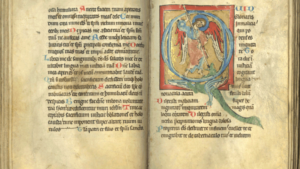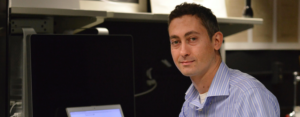Nell’ambito del Progetto di Eccellenza ‘A Scholarly Digital Edition of Tristan in Munich, BSB, Cgm 51’ (TRISDE51) del Dipartimento di Lingue e Letterature Straniere (Università di Verona) il Dott. Alberto Campagnolo (Université catholique de Louvain (Louvain-la-Neuve, Belgium) terrà un workshop dal titolo “Not just palimpsests: spectral imaging techniques for the analysis and the transmediation of documentary heritage and its materiality” il giorno 7 Luglio 2022 presso la Co-working room, 10-12 (parte teorica) 14.30-16.30 (parte pratica). È possibile seguire il workshop anche via Zoom: il link è disponibile nella locandina che potete trovare nella pagina dedicata https://www.dlls.univr.it/?ent=seminario&id=5708.
Descrizione:
Historically, spectral imaging techniques—i.e., data acquisition through photographic sensors at specific wavelengths—have been applied to documentary heritage, beginning with the famous Archimedes palimpsest, to recover textual information that is barely or no longer visible due to time, deterioration, or their being cancelled, censored, or expunged. These techniques, however, provide investigative means that go beyond the recovery of lost parts of a text, and the data acquired through spectral imaging can be analysed to characterise, identify, and compare inks, pigments, and other material aspects. Spectral curves, for instance, generated by plotting the percentage of illumination reflected at specific wavelengths along the electromagnetic spectrum (from ultraviolet to infrared), are essentially immutable properties of each material that depend on the chemical composition and are readily visualised and also understood by the uninitiated. However, the quantity of data generated during a spectral imaging campaign is substantial, and the success of a project that includes these digitisation techniques requires an accurate and scrupulous metadata system for their archiving and analysis.
This seminar will showcase the possibilities of spectral imaging applied to documentary heritage with a practical part on data analysis and the generation of spectral curves.



